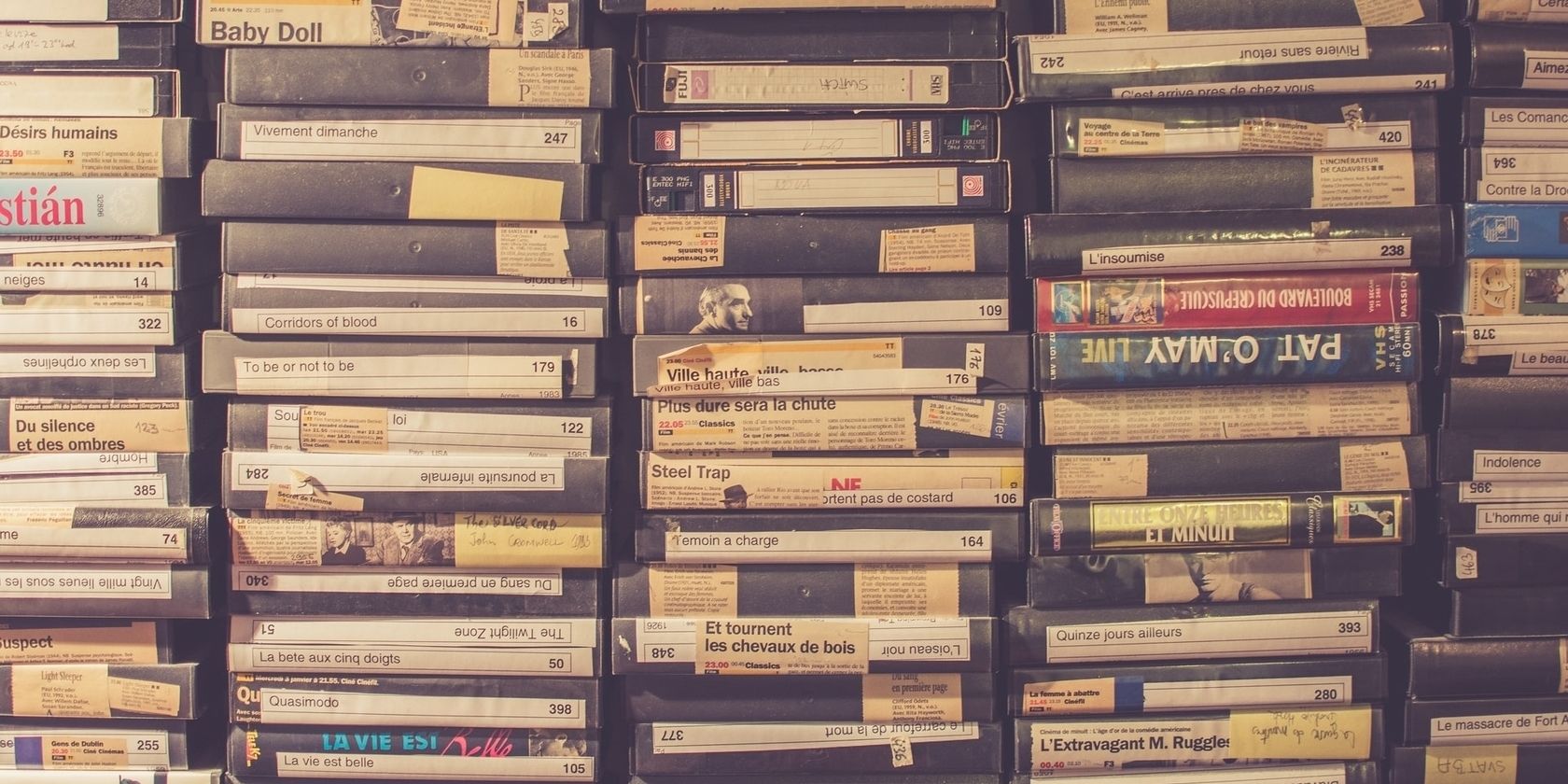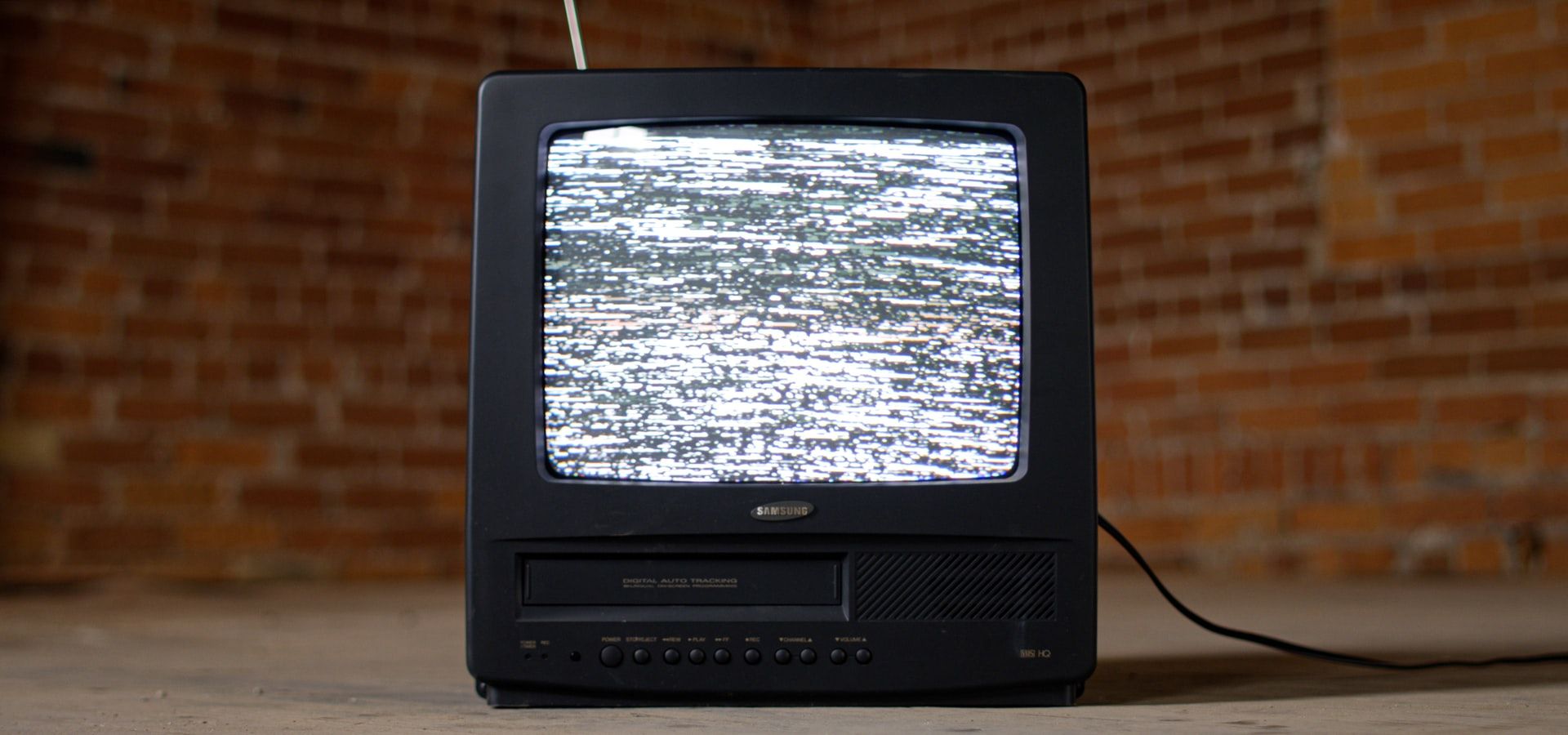History isn’t static and you may relive old wars whenever a friend mentions the infamous Betamax vs. VHS question. Being the two most popular formats people could use to watch videos on demand, it’s no surprise that people took sides.
But looking back at this format war with fresh, futuristic eyes, you can ask the question again: which one wins in Betamax vs. VHS?
Let's take a look.
What Was the Betamax vs. VHS Fight About?
Launched less than a year apart in the US, Betamax and VHS became rivals in the late 1970s and early 1980s. Betamax was created by Sony in 1975 and advertised as a way to watch videos on demand and record programs straight off your TV. VHS cassette tapes also had similar on-demand watching and recording features.
From afar, they both look like very similar products. One would think they'd become long-term competitors like many modern electronic companies.
But when it came to Betamax losing the commercial war, it wasn’t a single flaw that brought it down, but several minor inconveniences that added up. For one, Betamax players were, on average, more expensive than VHS VCRs. At the same time, though, Betamax wasn't unnecessarily expensive.
Sony had a reputation to maintain in terms of quality, and Betamax devices were much higher quality than VHS players. Not to mention, Betamax tapes had better audio and video quality, as well as a more stable image, resulting in a more enjoyable watching experience.
Betamax also had VHS tapes beat by being a couple of inches smaller, but recording limits were the deal-breaker for many interested buyers. While you could buy a Betamax tape that’s a few hours long, initially, people could only record up to one hour of media.
VHS, on the other hand, allowed people to easily record two hours of TV. Soon after, they made it possible for users to record up to six hours of video on a single tape.
So, Which Is Better?
Commercially, VHS gave people more bang for their buck. Betamax and Sony weren’t willing to sacrifice quality for quantity and affordability.
But if you’re asking the question for a current-day use, you can get your hands on higher-resolution video and audio, as well as a more stable image from 40 years ago if you extract them from Betamax tapes.
How to Watch Old Tapes on HDMI
For a nostalgic experience, you can try hunting for an old VHS or Betamax player to watch your old tapes. But most old VCRs were designed with old TVs in mind. Most of them don’t work directly with modern TVs and flat screens. At least, not without proper adaptation.
Most old VCR machines use RCA connectors—yes, those red, yellow, and white cables. But since they’re outdated technology, you likely won’t be able to connect them directly to your TV. You can, however, use an RCA to HDMI adapter, which works as a translator between your VCR and TV.
But you should note that watching old tapes using a HDMI cable isn’t a magic solution. You’re still physically using the tape every time you watch it. With time, it’ll wear out until both the audio and video are no longer tangible.
Convert Old Tapes to DVDs
It's always fun to revisit old technology arguments, including Betamax vs. VHS. But to convert your old tapes into modern digital versions, you’re going to need two things: hardware to play the tape, plus software to convert it.
It’s possible to convert your tapes into digital video files and DVDs yourself. You can easily find helpful, step-by-step guides online along with all the hardware and software you’ll need. But if that feels like a lot of work, you can find a local computer technician or shop that offers a VHS and Betamax to DVD service.


